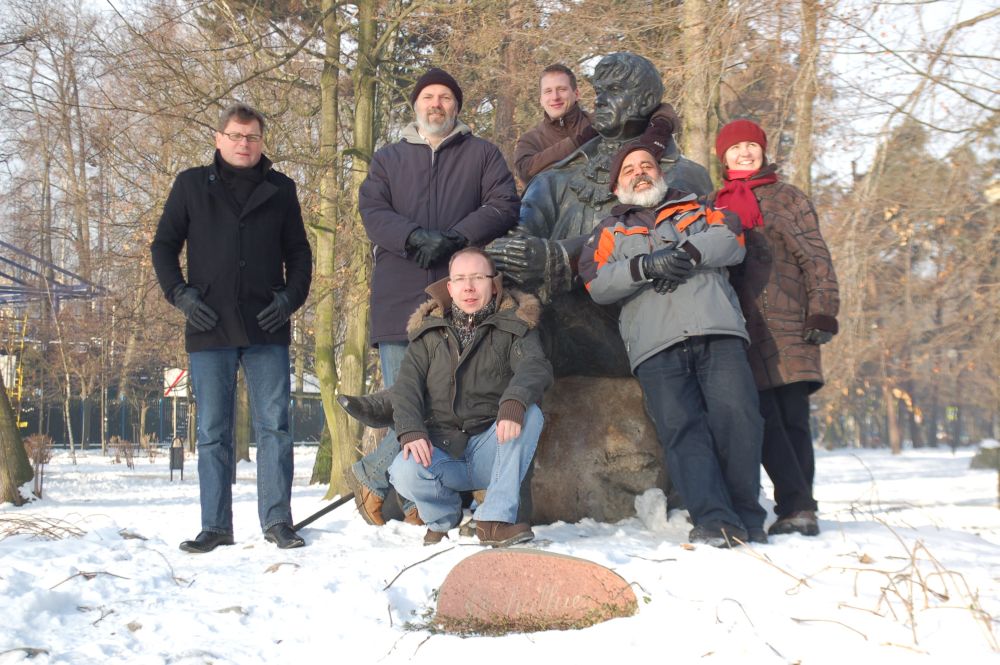History of the Laboratory
Air-Sea Interaction Laboratory was created in its present form
as a unit of Institute of Oceanology PAS in January 2002 by fusion of
the original
Air-Sea Interaction Laboratory and
Lidar Laboratory with Dr. Jacek Piskozub as the leader of the lab.
The new laboratory is part of the
Physical Oceanography Department.
The original Air-Sea Interaction was set up by Prof. Czesław Garbalewski
to study the effect of aerosol in the mass transfer between the sea and
atmosphere. In 1991 Dr. Tomasz Petelski took over the responsibility for
the lab after Prof. Garbalewski had retired. The main research topic
at the time was measuring concentration and the characteristic of sea-salt
in the air using six-stage impactors as well as a particle laser counter PMS as well as to study the aerosol source function and fluxes in the wave breaking zone.
In 2001, Prof. Stanisław Massel become the lab leader, adding the dynamics of
wave breaking as a new research topic.
Lidar Laboratory existed since 1993 but the history of the lidar group
in IO PAS is longer. It was created in the early 1980s by
Prof. Andrzej Zieliński. In years 1993-2000 Dr. Jacek Piskozub was
the leader of the laboratory, followed briefly in 2001 by Assoc. Prof. Tadeusz Król.
The lab studied marine aerosol as well as sea water components with
remote methods using two lidar systems, both build in Estonia.
Our lab has created in January 2002 from the fusion of the two laboratories with Jacek Piskozub as its head.
In September 2003, M. Sc. Violetta Drozdowska - a member of the former Lidar Lab - rejoined our team.
In 2005 she made her Ph.D. degree. Also in 2005, Jacek Piskozub, made his habilitation degree.
In 2008, Tomasz Petelski and Tymon Zieliński succeeded as well. In January 2010, Tomek Petelski succeeded Jacek
as the laboratory head.
